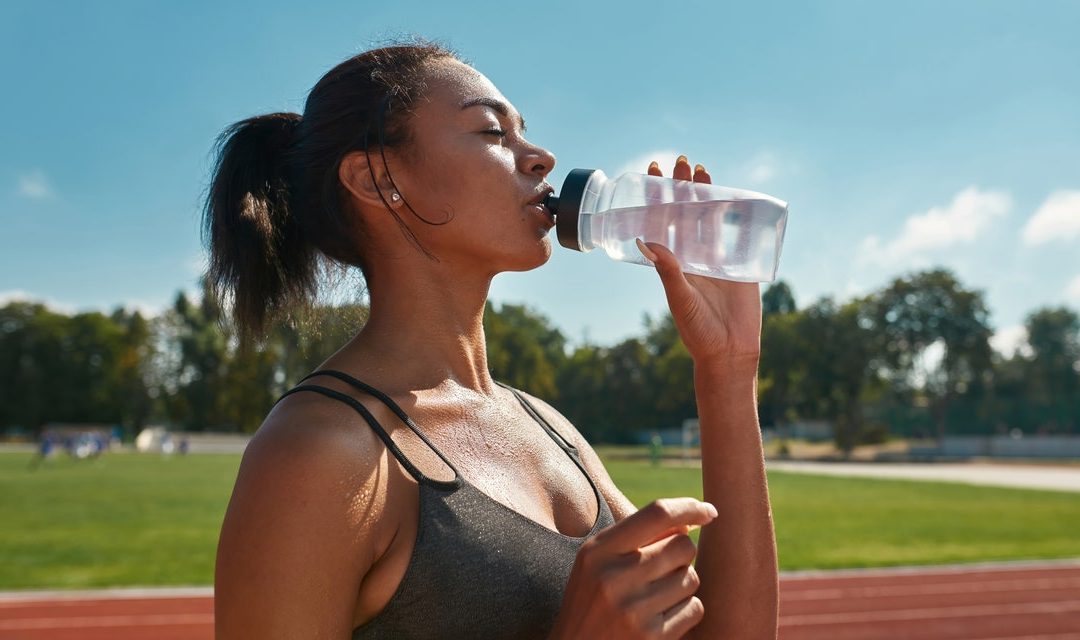If you don’t get enough fluids and electrolytes, you risk dehydration, when your body doesn’t have enough fluids to function normally, per the Mayo Clinic. Symptoms you may experience if you’re dehydrated include lightheadedness, GI distress, muscle cramps, and nausea, Samuel says.
What are signs you need to hydrate?
For adults, the two main indicators that your body needs more hydration are thirst and urine color. You generally start to feel thirsty when you have lost about 2% of your body weight due to water loss, Pryor says.
So for instance, if you weigh 160 pounds, you’ll begin to feel thirsty once you lose 3.2 pounds of water, Pryor says. Of course, you won’t have access to a scale while working out to see if you’ve reached that threshold, so staying attuned to your body’s thirst signals becomes important. Meaning whenever you start to feel the need to drink while working out, do so!
Urine color is also an important indicator of your hydration status. Someone who’s well hydrated will have light-colored urine, similar to lemonade, Pryor says. If you’re dehydrated, you’ll have darker-colored urine, like apple juice.
What are the best ways to rehydrate after a sweaty workout?
You can avoid dehydration symptoms long before they start by making sure you’re hydrating before, during, and after your workout with water-dense foods and drinks. Here are some ways to ensure you’re properly replenishing fluid loss after a tough workout.
1. Set yourself up for hydration success before and during your workout.
One of the best ways to rehydrate after a sweaty workout is to play the preventive game beforehand: Go into your workout optimally hydrated.
“I always recommend trying to get some water in at the beginning of the day so that you’re not trying to make up for it and chug at the end of the day,” Samuel says.
As for how much to drink? The American College of Sports Medicine (ACSM)’s hydration guidelines recommend drinking 17 ounces of fluid two hours before exercise.
During exercise, you should drink at the start and throughout your workout at regular intervals to replace fluids lost from sweating. How much you need to drink during your workout depends on a variety of factors, including your sweat rate and generally how thirsty you feel. The ACSM doesn’t provide exact numbers, since it’s so individualized, but you can consider eight ounces per hour a minimum amount. But again, we’ll reiterate that rather than shooting for a set amount, it’s important to drink based on how thirsty you feel. (In fact, drinking more than you need all at once can lead to a serious but rare condition called hyponatremia, which occurs when the sodium in your body becomes diluted by too much plain water.)
2. Find out how much fluid you need to take in to balance out your sweat loss after.
The amount of water you lose during exercise varies a lot, from 0.5 liters to 2 liters (17 to 68 ounces) per hour. This largely depends on your exercise intensity, the environment, and your own sweat rate.

